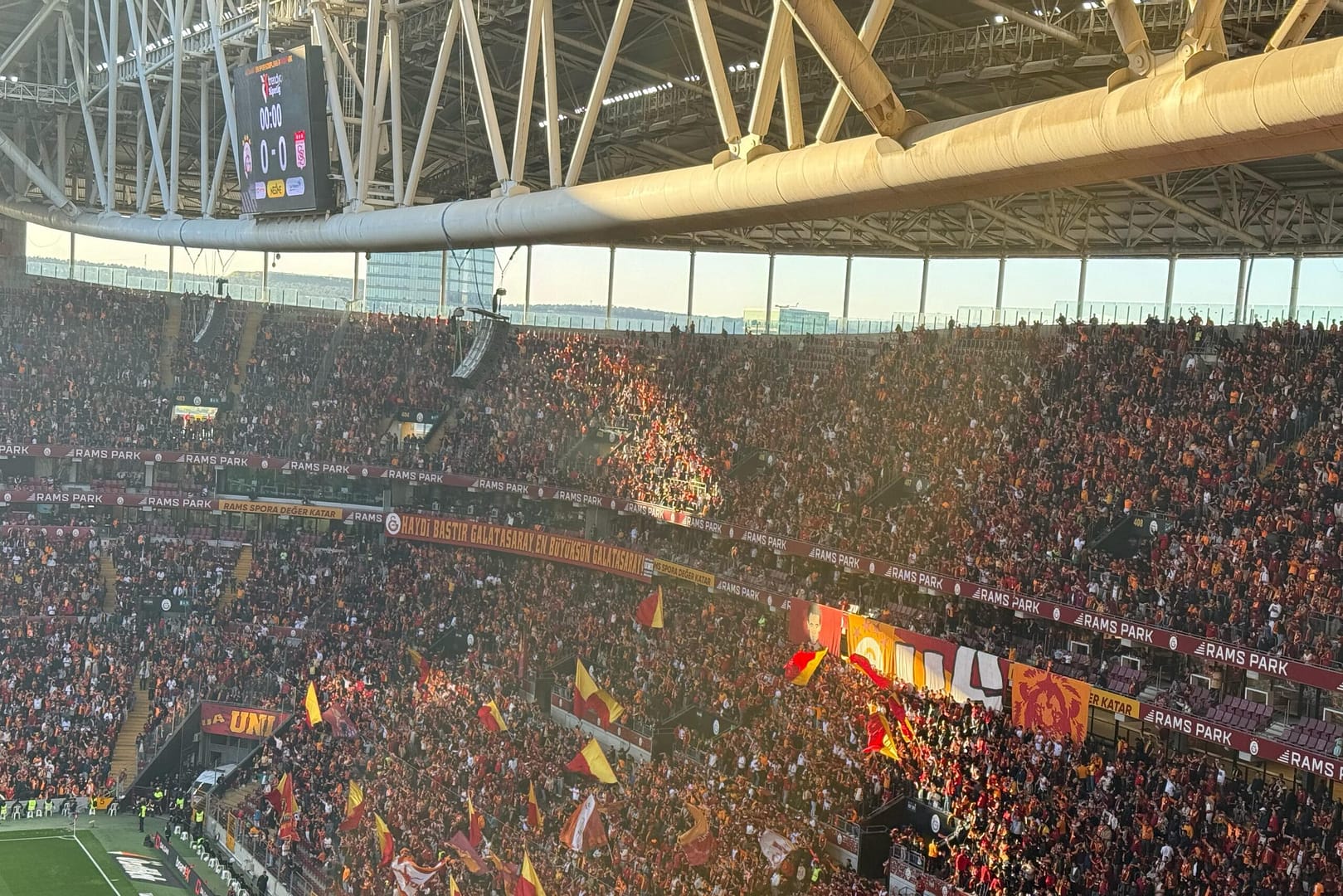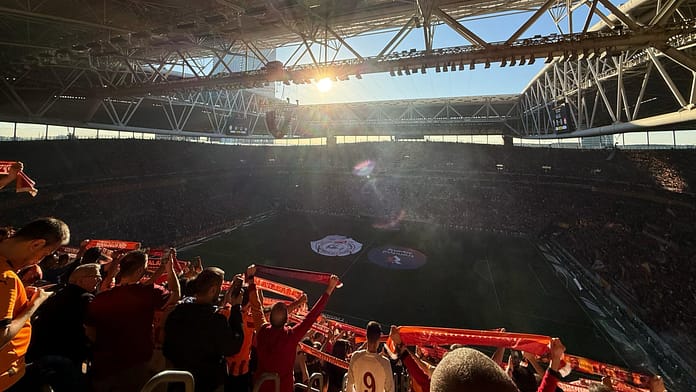When Galatasaray announced the signing of Victor Osimhen for €75 million, the deal instantly rewrote the history of Turkish football. The Nigerian striker’s arrival from Napoli, alongside further big money moves for Uğurcan Çakır and Wilfried Singo, has transformed Galatasaray’s squad into one of Europe’s most expensive projects. Just days later, Fenerbahçe countered with a headline signing of their own: Manchester City’s long-serving goalkeeper Ederson, who joined for £12 million after eight years in England.
In the space of one transfer window, the Süper Lig has positioned itself at the center of the European football conversation. The sheer scale of investment is eye-catching, but the bigger story lies in what these moves mean for the future of Turkish football: its competitiveness, sustainability, and global standing.
Galatasaray’s Bold Gamble

For Galatasaray, this window has been defined by ambition on a scale rarely seen outside Europe’s financial superpowers. Osimhen, still in his prime at 26, is not the profile of player usually associated with the Turkish league. The same can be said of Uğurcan Çakır, prised away from rivals Trabzonspor for €33 million, and Monaco’s Wilfried Singo, whose €30.8 million fee further underlines the club’s intent.
This recruitment drive signals more than just a desire to dominate domestically. Galatasaray clearly sees itself as capable of competing again in Europe, where Turkish clubs have struggled to make a consistent impact since the early 2000s. With Osimhen leading the line, the club’s attack carries the kind of global profile that can alter perceptions of the league itself.
Yet ambition has a price. Galatasaray’s spending dwarfs its revenue streams, and while Turkish clubs benefit from passionate fan bases and strong commercial pull, the financial risks are substantial. UEFA’s Financial Fair Play regulations may no longer carry the bite they once did, but the sustainability of such investment will remain under close scrutiny.
Fenerbahçe’s Strategic Response
Fenerbahçe, unwilling to let their rivals dominate the headlines, made their own statement by signing Ederson. The Brazilian goalkeeper arrives with a trophy cabinet that includes six Premier League titles and a Champions League medal, instantly raising the team’s credibility both on and off the pitch.
Unlike Osimhen, Ederson is nearing the later stages of his career. But at 32, he still offers several years at the highest level. His signing is about more than ability; it’s about leadership, mentality, and the kind of international recognition that boosts a club’s brand value. Reports that he will earn €11 million annually highlight the financial weight behind the move, but Fenerbahçe appear to be banking on the commercial and sporting uplift that comes with adding a player of his stature.
The contrast between Galatasaray and Fenerbahçe’s approaches is striking. One has invested heavily in future resale value, the other in proven experience. Both strategies bring risk, but together they set the stage for a Süper Lig season of unprecedented intensity.
A League of Financial Contradictions
To understand the significance of these transfers, they must be placed against the broader financial backdrop of Turkish football. Transfermarkt figures show Süper Lig clubs spent €79.4 million this summer while recouping €34.5 million, a net deficit of roughly €45 million. That is less than the €104 million deficit recorded last season but still points to a league living well beyond its means.
Turkey’s economic climate has not been kind to its football clubs. High inflation and currency instability erode the value of broadcasting and sponsorship deals, making it difficult for clubs to balance books already strained by years of heavy borrowing. Against that reality, splashing tens of millions on new signings may appear reckless.
However, there is another way of looking at it. For clubs like Galatasaray and Fenerbahçe, the only viable path to renewed financial strength might be through sporting success. Stronger squads mean deeper European runs, higher prize money, and greater visibility for sponsors. The risk, then, is calculated: spend now, in the hope of building momentum that generates returns.
Regulation and the Local Talent Question
Overlaying these financial considerations is the Turkish Football Federation’s recent move to restrict the number of foreign players. Since 2024-25, squad limits have been reduced, and clubs are required to field and develop more locally trained talent. This creates a tension between marquee international signings and the long-term health of the national game.
On one hand, bringing players of Osimhen and Ederson’s quality to the Süper Lig raises standards for everyone around them. Young Turkish players training alongside such figures are exposed to higher benchmarks of professionalism and performance. On the other, excessive reliance on foreign stars risks stunting pathways for homegrown talent, especially if short-term pressure to deliver results outweighs development priorities.
How clubs navigate this balance will be central to the league’s future identity. Are these transfers catalysts for growth, or distractions from the structural reforms Turkish football has long needed?
Beyond the Transfers: What’s at Stake
The stories of Osimhen and Ederson are about more than two footballers changing clubs. They reflect a broader attempt to redefine the Süper Lig’s position in the global football hierarchy. For years, Turkey has been viewed as a league of fading stars and passionate crowds rather than a genuine destination for top-tier talent. These transfers challenge that perception, at least symbolically.
If Galatasaray and Fenerbahçe succeed, the ripple effects could be significant. Sponsorship deals may increase in value, broadcasting rights could attract wider audiences, and other clubs may find themselves pressured to follow suit. But if results do not match expectations, or if financial strains overwhelm the rewards, the fallout could deepen existing vulnerabilities.
Conclusion: Record Spending, Record Stakes
The Turkish Süper Lig has always thrived on passion and spectacle. This summer, it has added unprecedented ambition. By signing Osimhen and Ederson, Galatasaray and Fenerbahçe have raised the ceiling of what is possible in Turkish football, but they have also raised the stakes.
The coming season will not just be a test of two clubs’ competitive strength, it will be a test of the league’s financial resilience, regulatory framework, and capacity to sustain momentum in a global football landscape defined by inequality.
In the end, these transfers will be remembered not only for the names involved, but for what they represent: a gamble on the idea that Turkish football can, once again, punch above its weight.

